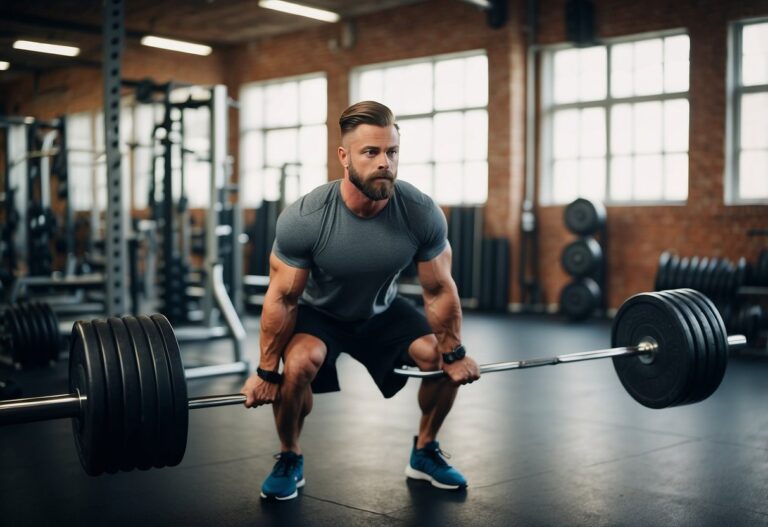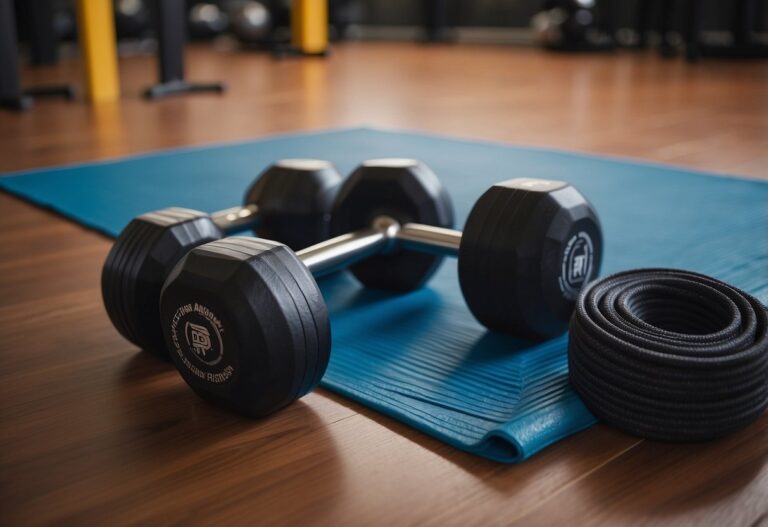When you hit the gym, you’ll encounter a variety of opinions on exercise and diet. Not everything you hear or see in the gym is actually beneficial for your body and health. Much of the advice floating around may be outdated or based on incomplete information.
Let’s sift through the facts and debunk some of the most common gym myths.
1. Spot Reduction: The Myth of Targeted Fat Loss

Many individuals believe that targeting specific body parts with exercises like crunches or leg lifts will result in fat loss in those areas.
However, fat loss occurs globally in the body when you burn more calories than you consume. Fat is stored and burned throughout the body, not just in targeted areas. Genetics, gender, and age play roles in where fat is stored, such as men tending to store more belly fat and women storing more in their thighs.
The ‘burn’ felt during exercise is often lactic acid build-up, not localized fat burning.
A balanced full-body workout combined with a proper diet is key to overall fat loss, rather than spot reduction. Remember, losing fat is a holistic process tied closely to your dietary habits. Here’s how to effectively address love handles and belly fat.
2. More Exercise Guarantees Better Results
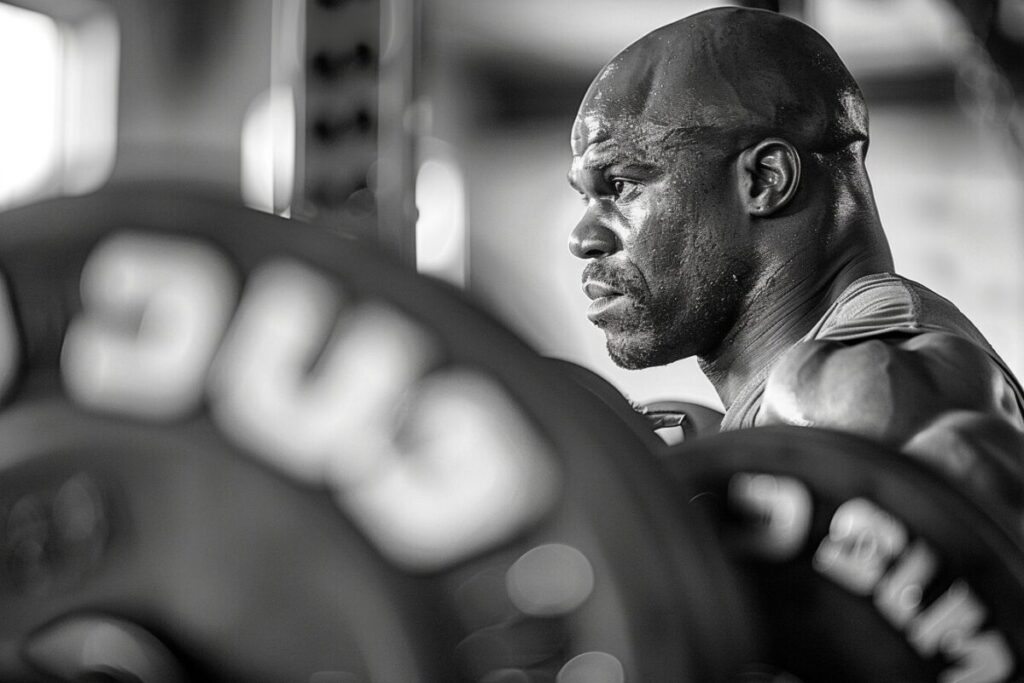
Exercising more doesn’t always lead to better results. Your body requires rest to recover from workouts as intense exercise stresses muscles and the nervous system. Rest is crucial for the body to rebuild and improve.
So, if you believe you need to be at the gym every day to see progress, something might be amiss with your routine or diet.
3. Intense Exercise Reduces the Need for A Balanced Diet

When you work out, you burn calories, but a poor diet can easily undo that progress. For instance, a burger and fries combo can add more calories than you might burn in a workout. Eating junk food or excessive sugars alongside exercise won’t lead to optimal health.
A balanced, nutritious diet forms the foundation of a healthy lifestyle, impacting various aspects of your well-being positively.
4. The Belief that a Split Routine Works for Everyone
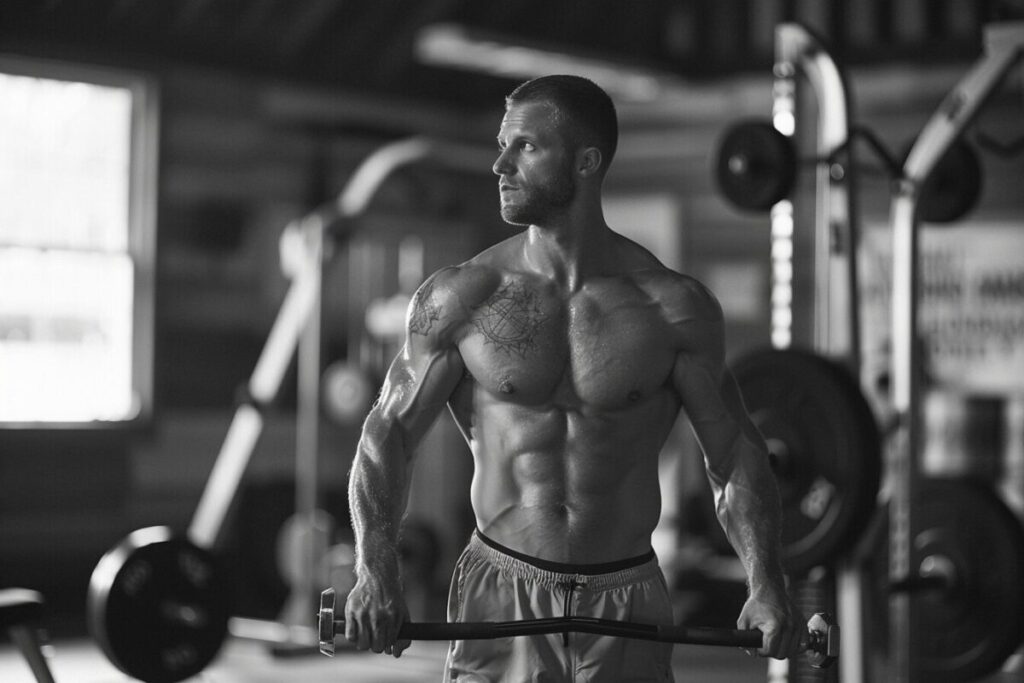
While split routines are popular, they may not be effective for everyone. These routines allow for more intense training on specific muscles but can hinder progress due to excessive volume.
Only a small number of individuals, like those with favorable genetics or using enhancements, see muscle growth with high volume/low frequency routines.
Most people benefit more from simple routines like upper/lower splits or push/pull/legs splits, focusing on compound lifts for natural trainees with average genetics.
5. Using High Reps for Fat-Burning and Toning

The idea that high reps can “tone” muscles is a common misconception. High-rep sets primarily benefit muscle endurance rather than toning.
Opting for a more challenging weight and aiming for 12-15 reps to failure is more effective in stimulating muscle growth. It’s important to avoid light weights and high reps if you want to see real progress in muscle development.
6. Weightlifting Will Make Women Bulky and Muscular
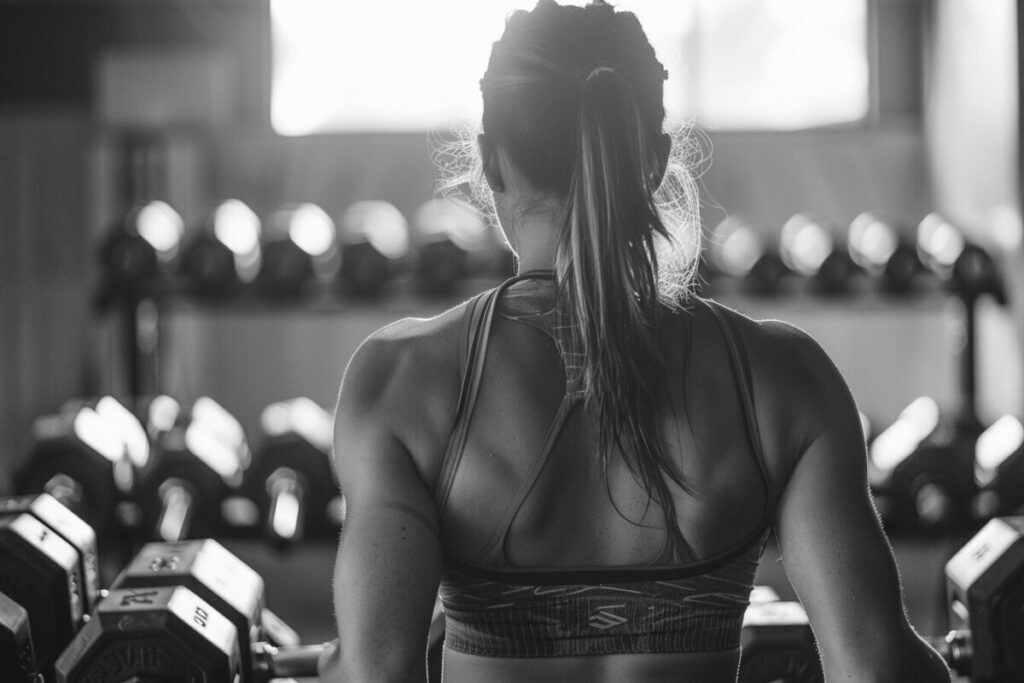
Weightlifting can indeed help you build muscle and bulk up, but it requires specific training and dietary approaches.
To achieve a bodybuilding physique, you need to lift heavy weights (relative to your own strength), consume extra calories and protein, and possibly use supplements. This transformation doesn’t happen accidentally; it demands dedicated effort and consistency.
7. Comparison: Machines vs. Free Weights?
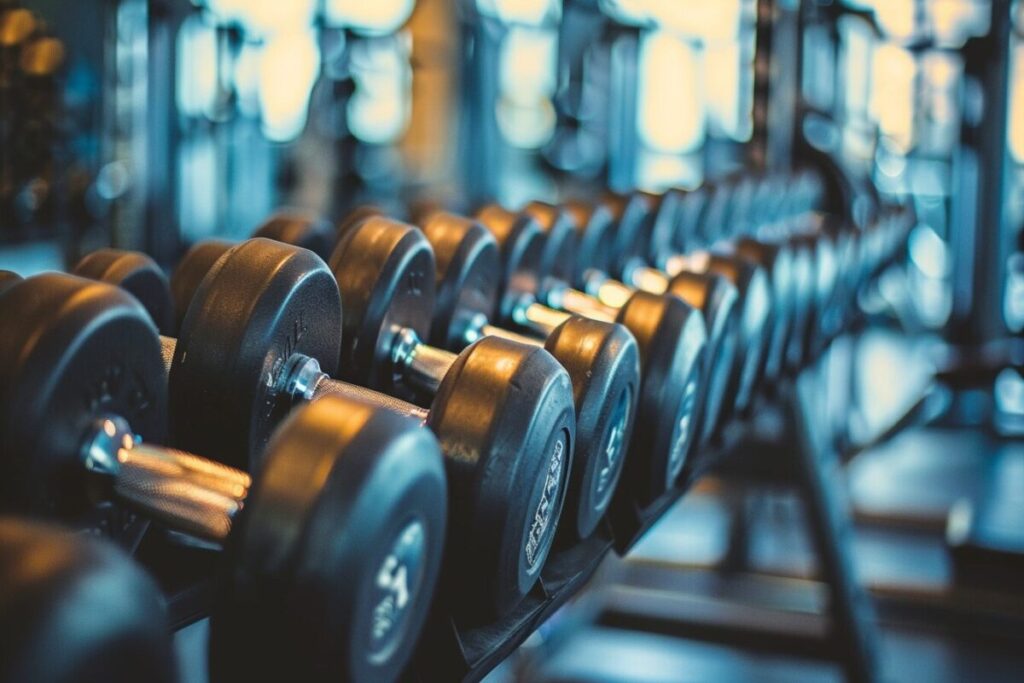
In modern gyms, you’ll find various machines, but free weights remain unmatched.
Machines provide support with a set range of motion, which may not fit everyone perfectly. This can lead to bodily adjustments that could result in injuries over time.
Free weights, on the other hand, allow your body to determine the movement path, benefiting joint health and enhancing balance and coordination.
Unlike machines, they offer more natural movement patterns tailored to individual needs.


